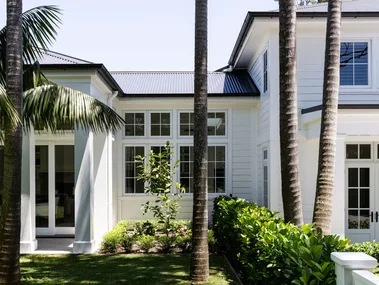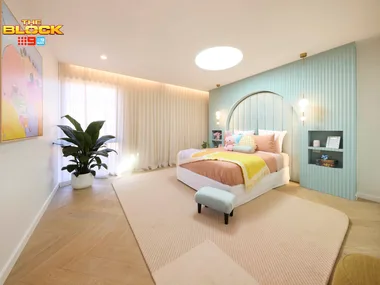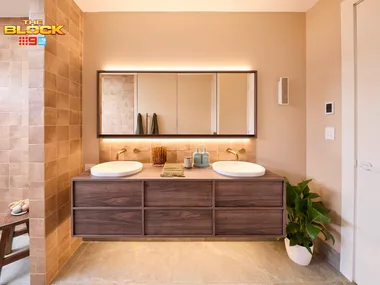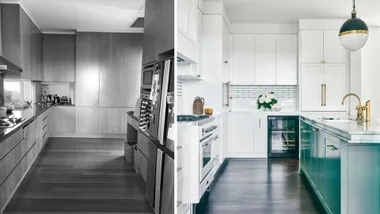Lighting is one of the most powerful tools in interior design, yet it is often overlooked when planning a new build or renovation. A well-considered lighting plan doesn’t just illuminate space, it sets the mood, enhances texture and colour and brings your interiors to life.
The key to getting light right is to consider it from the outset when planning and designing your home. In this guide, we explore how to approach lighting like a professional – from layering light with both fixed and flexible lighting options, to smart electrical solutions to help future-proof your home and tailor it to your specific needs, with expert insight from architect Joe Snell. Read on for the essential principles to help your home shine in all the right ways.
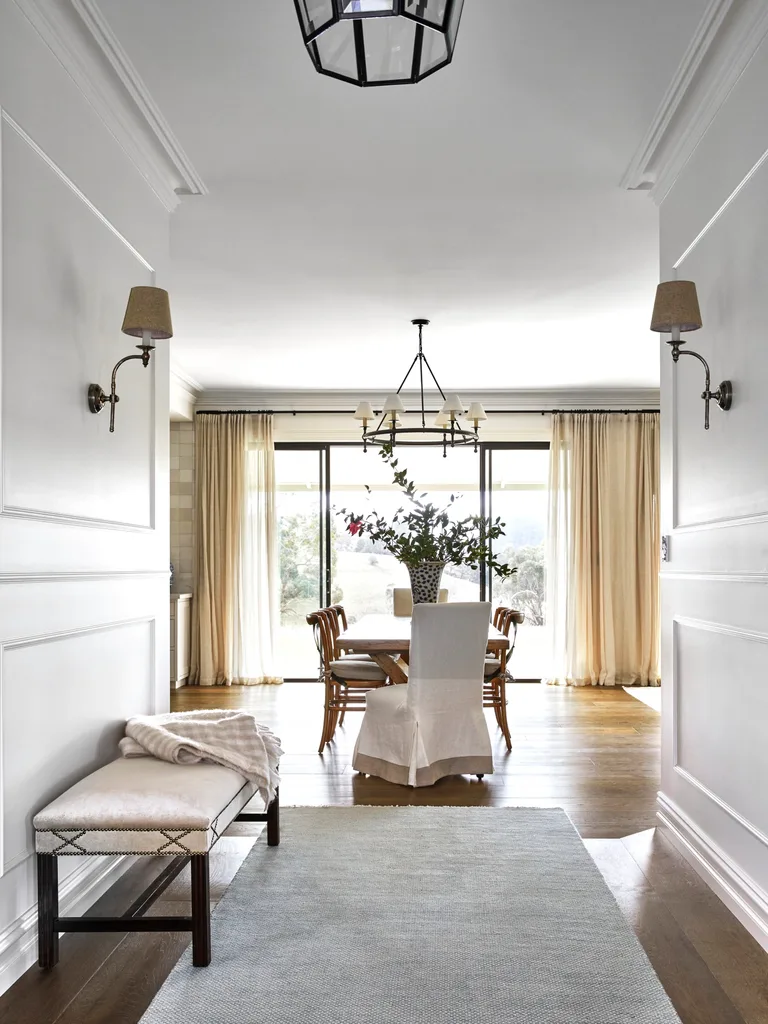
How important is a lighting plan when renovating?
It’s never too early to start planning how you’ll use light in your new home. Instead of an afterthought, when considering the layout of furniture and fixtures, it’s essential to incorporate working electricals into the floor plan for ease and flexibility of use. “How you light a space impacts how you feel, and how you function,” says Joe Snell, architect and director of Studio Snell. “The only way to get the flexibility of both functionality and mood into one space is through a lighting plan. A lighting plan ensures that you have high-quality task lighting over your kitchen bench or at your study desk. Similarly, you need warm, dimmable light so that you can transform your lounge room into a cosy, relaxing haven at the end of a long day.”
Whether it’s a smart home solution you’re after to embrace the latest technology, capitalise on energy efficiency or simply operate your lighting plan from your phone, talk to the experts. Collect inspiration and ideas from fashionable places you visit, such as hotels and retail spaces, and take them along to meetings with your architect, builder and electrician, who can help steer you towards your desired outcome. To help build your knowledge, tap into great resources from trusted companies like Clipsal, who can deliver the latest technology and advise on where to spend and save.
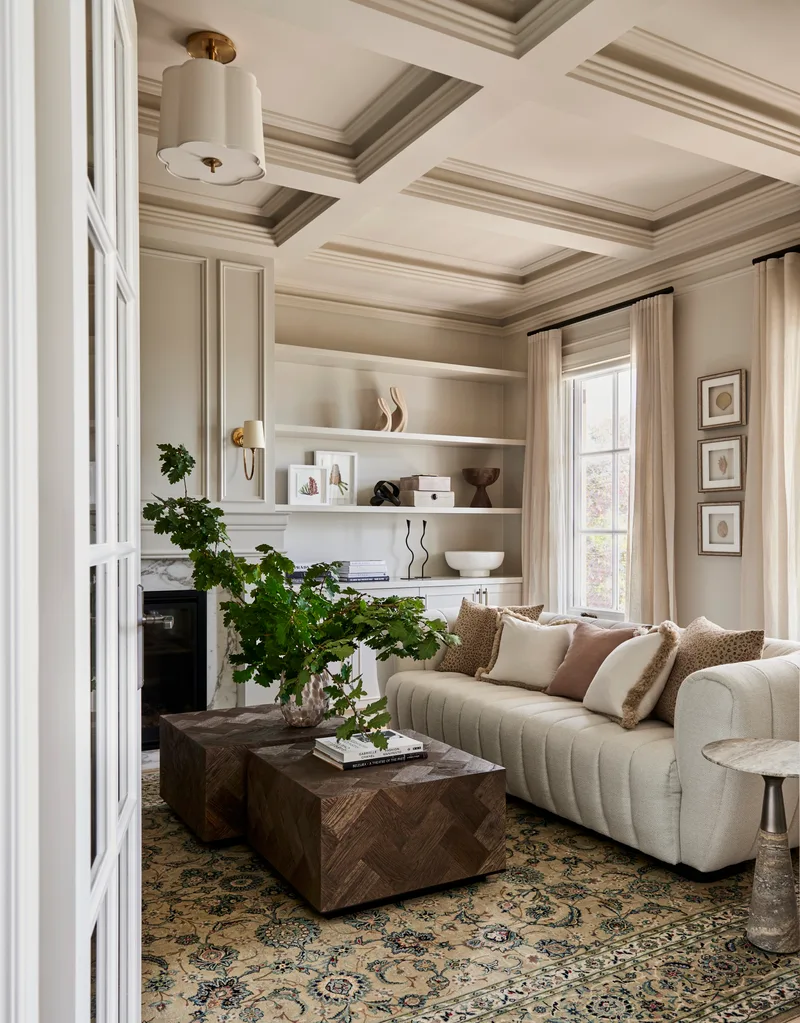
What should you never do when lighting a room?
“The most common mistake I see is a grid of downlights in a precious space like a lounge or dining room,” says Joe. “These are the worst lights for these relaxing spaces as they are glary and create an uncomfortable grid of light and shade. This happens when there is no direction for the electrician.”
“We often find ourselves designing spaces around lighting rather than the other way around.”
Joe Snell, Studio Snell
What’s trending in lighting?
1. Concealed lighting
“The biggest trend in lighting right now is concealed lighting, where you see the effect of the light on walls and in space, but you don’t see the source,” says Joe. This can include subtle LED lighting that is integrated into the architecture of a space and can be operated via motion sensors. “There are many products now that you can buy off the shelf that have been designed to be included when the plasterboard walls are being installed. To make the concealed lighting work, you definitely need a lighting plan before your renovation begins so that you have your light fittings ready to go for the renovation.”
2. Floor lamps
“Floor lamps are coming back into lounge rooms,” says Joe. “Rather than a grid of downlights in a lounge room, dedicated lighting for different uses is being introduced. So rather than randomly lighting up the whole room, you have a beautifully designed floor lamp that bends over your shoulder to light your page while you sit in your favourite reading chair.” Consider installing power points in your flooring to ensure no power cords are snaking across walkways.
3. Integrated switching
Gone are the days of boring white power points and basic wall switches. The latest in electrical design sees grid plates that cater to lighting, charging, security and power needs while blending seamlessly into the surroundings. Indoors and out, there’s now a choice of finishes in metallics or matte that hero your chosen materials palette – whether it’s a textured wall, dark-painted room or feature stone.
“To make floor lamps functional, introduce floor-mounted power points in carefully designed positions to work with the furniture layout.”
Joe Snell, Studio Snell
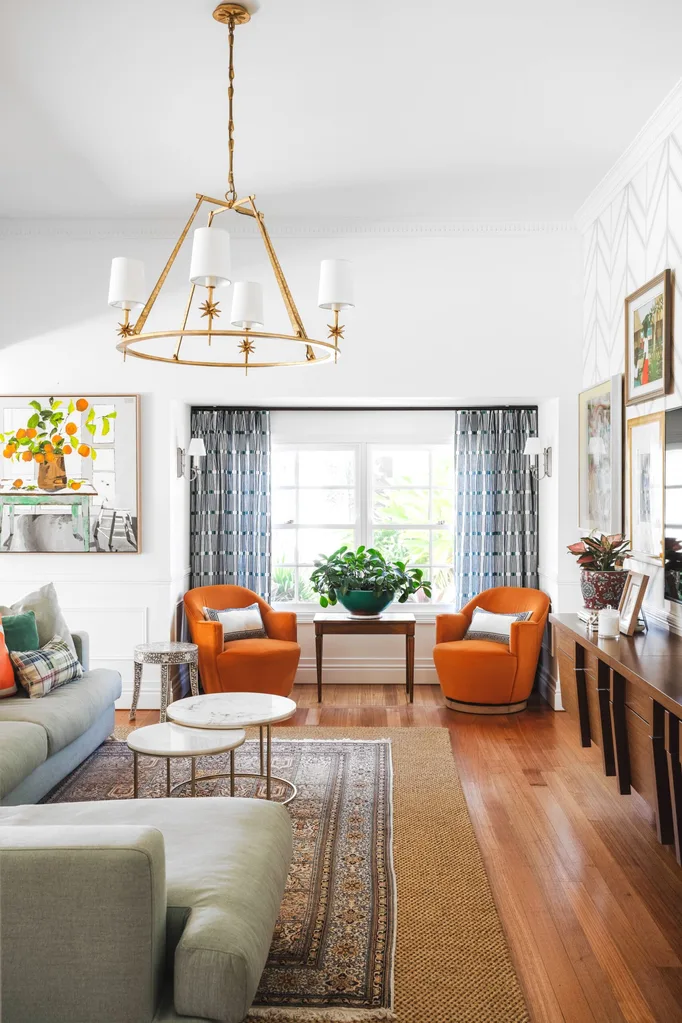
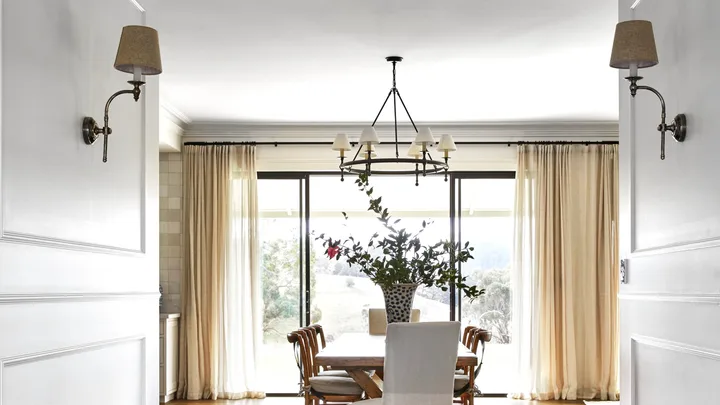 Photography: Armelle Habib / Styling: Heather Nette King
Photography: Armelle Habib / Styling: Heather Nette King

